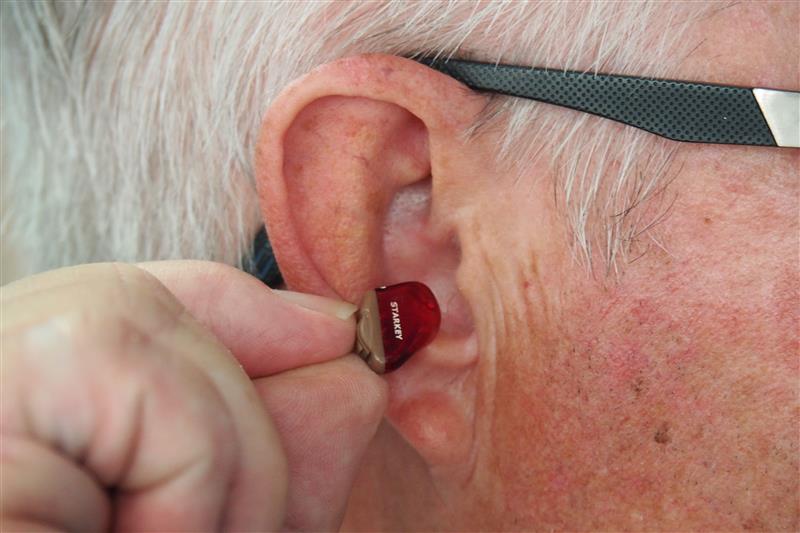
Facts about ear wax intrigue you? Nothing is too vague when it comes to your health. Many people take measures to remove the wax buildup before it forms obstructions in the ear canal since excessive ear wax buildup can result in infections and hearing loss. Unfortunately, using cotton swabs, which are the most widely used method of ear cleaning, can push ear wax deeper into the ear canal, increasing the chance of blockages. Now that we know some ear wax facts, how should you get rid of it? And what first results in ear wax?
What are the reasons of wax in ears?
A natural substance called ear wax is essential for keeping the ear canal clean. Cerumen, a waxy oil that produces ear wax, is produced by glands in the ear canal.
The fact that our ears clean themselves is one of the most intriguing ear wax facts. Ear wax lubricates the dry ear canal as it flows through it, trapping debris including dirt, hair, dust, and foreign objects inside the ear. At some point, the wax and debris inside make it to the outer ear, where they can be rinsed out. Additionally, ear wax traps germs and other microbes, keeping the ear healthy and preventing infection.
Excess ear wax can plug the canal and cause temporary hearing loss, infections, and other symptoms if it builds up.
What causes ear canal blockages?
- There are various reasons of impacted ear wax. When the ear canal glands create too much oil, the ear might get blocked and harden.
- Ear wax can be pushed deeper into the canal and result in a blockage if cotton swabs or other things are inserted into the ears. The risk of impacted ear wax is also increased by frequent use of headphones, swimming plugs, work-required earplugs, and hearing aids.
Among the other reasons for ear wax obstructions are:
- Exostosis or osteomas are examples of bony impediments.
- dermatitis and other skin conditions
- more ear wax created as a result of harm
- Infections
- small ear canals
some important Signs of ear wax blockage
- The symptoms of blocked wax in the ear canals might be varied. One of the most frequent conditions is hearing loss; in fact, impacted ear wax is one of the main causes of transient conductive hearing loss in older persons. Other signs and symptoms include earaches, a sense of "fullness" in the ear, and tinnitus (ringing or buzzing in the ears).
- As the wax retains bacteria in the ear, impacted ear wax can cause ear infections.
Symptoms of infections brought on by ear wax obstructions include:
- Coughing
- Dizziness
- Hearing loss
- recurring ear ache
- Fever
- ears emitting smells
- continual hearing loss
- painful ear ache
There are several reasons for hearing loss, fevers, earaches, and vertigo. It's crucial to visit a doctor if you have any of these symptoms.
When you must remove ear wax?
You should have your ear wax removed if you're displaying signs of blockage. While visiting your doctor is the best course of action for clearing impacted ear wax, there are over-the-counter solutions you can try.
Avoid attempting to clean out a child's ears of wax if that individual is afflicted. The child's developing ears could be harmed, and hearing loss could result. Let a doctor or certified hearing care specialist take care of a child's ears instead.
How you remove ear wax?
- Want to know how to keep your ears safe? Allowing your doctor to take care of the problem is the safest technique to remove ear wax blockages. Without harming the ear, medical professionals can remove affected wax. The doctor may irrigate the ear, vacuum out extra wax, or use a curette, a tiny, curved device, to scoop out the wax during treatment.
- Even though it's not advised, if you decide to remove your ear wax at home, avoid inserting anything into your ear (including cotton swabs). Only the outer ear should be cleaned with swabs.
A few drops of the following may be used to soften ear wax:
- Baby lotion
- Peroxide of carbamide
- hydrogen peroxide glycerin
- a mineral oil
Ear wax may drain naturally from the ear canal once it has been softened. To irrigate the ear, you can also utilise over-the-counter remedies. If you decide to do so, be sure to thoroughly follow the manufacturer's directions.
Use of irrigation kits could result in a perforated eardrum if you have an ear injury or have undergone any medical operations within the ear. Additionally, it's crucial to exclusively utilise irrigation kits made for ears. Products used to irrigate the mouth or teeth can harm the ear.
Most people shouldn't need to remove wax from their ear canals other than at their yearly doctor's visit, which is more effective and secure than self-care. Patients with persistent ear wax problems can require cleanings every six months in the office.
Consult a physician or make an appointment with a qualified hearing care specialist for a hearing health consultation if you feel that wax in your ear canals is the source of your hearing problems or other symptoms.
It's ideal to keep yourself as educated with your hearing aids and a new breakthrough in the technology. Ask your query via Book an Appointment today. For more information visit https://hearing.careinc.ca or you can call us today at (403)605-6300